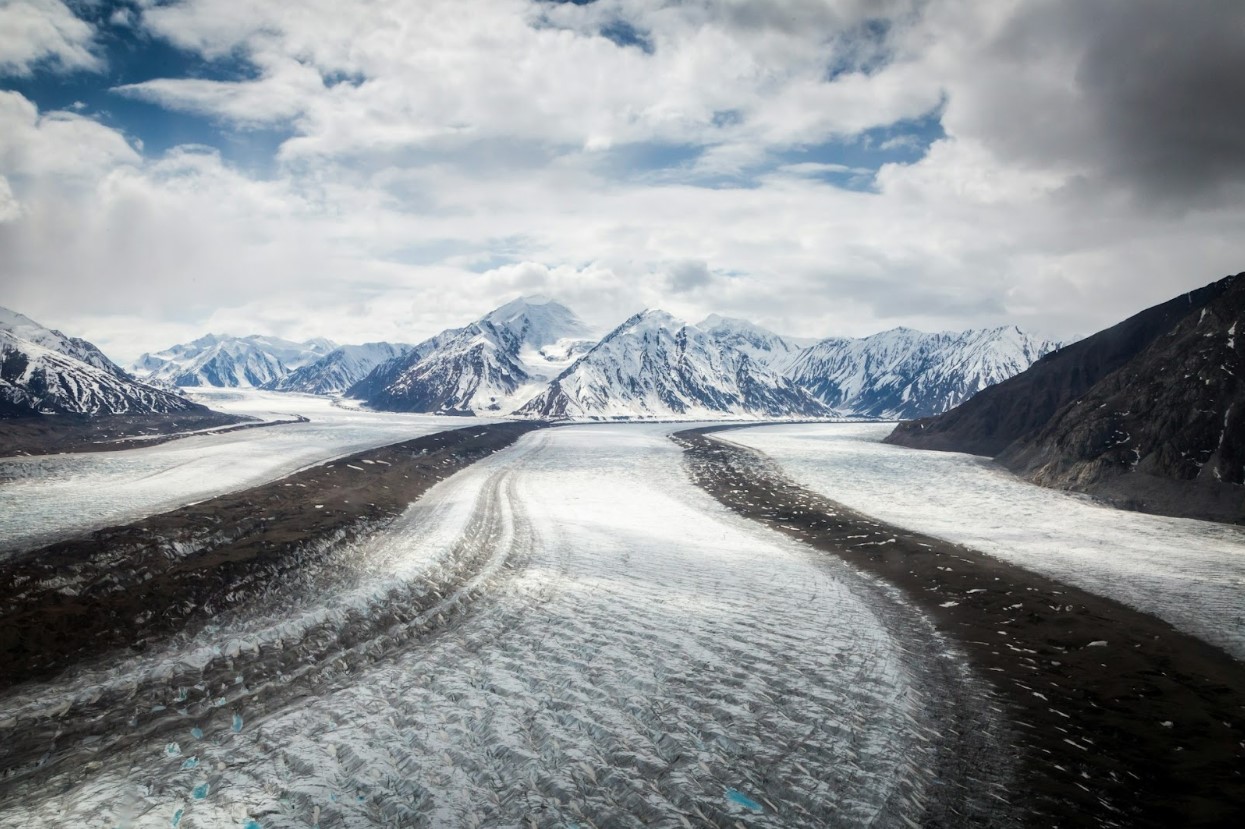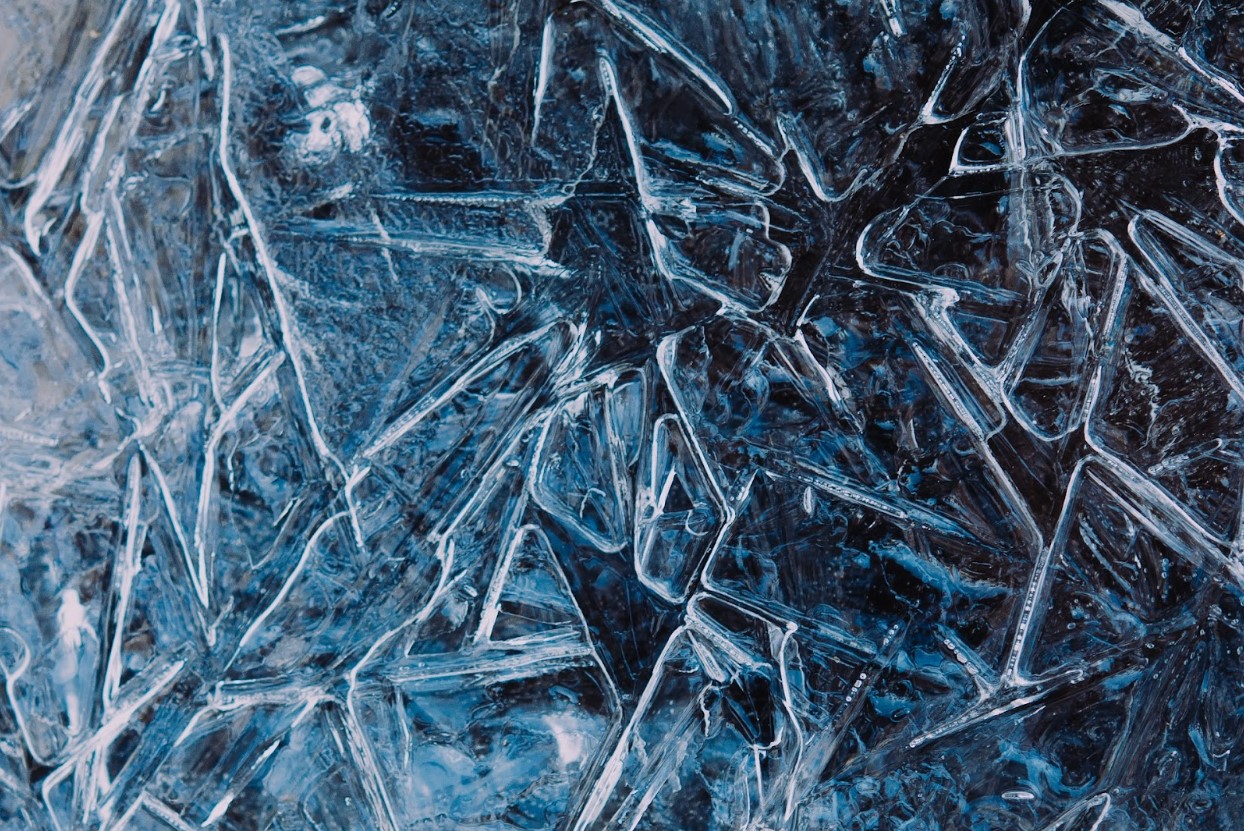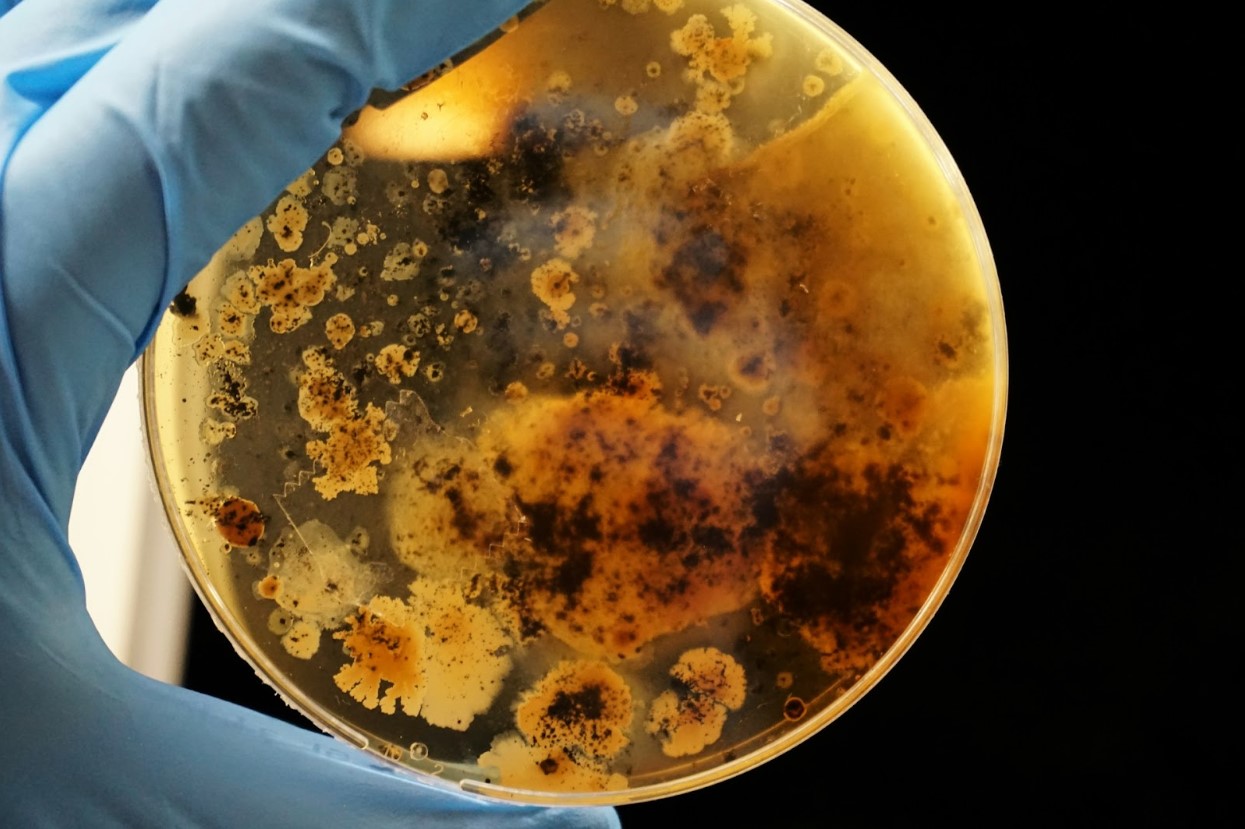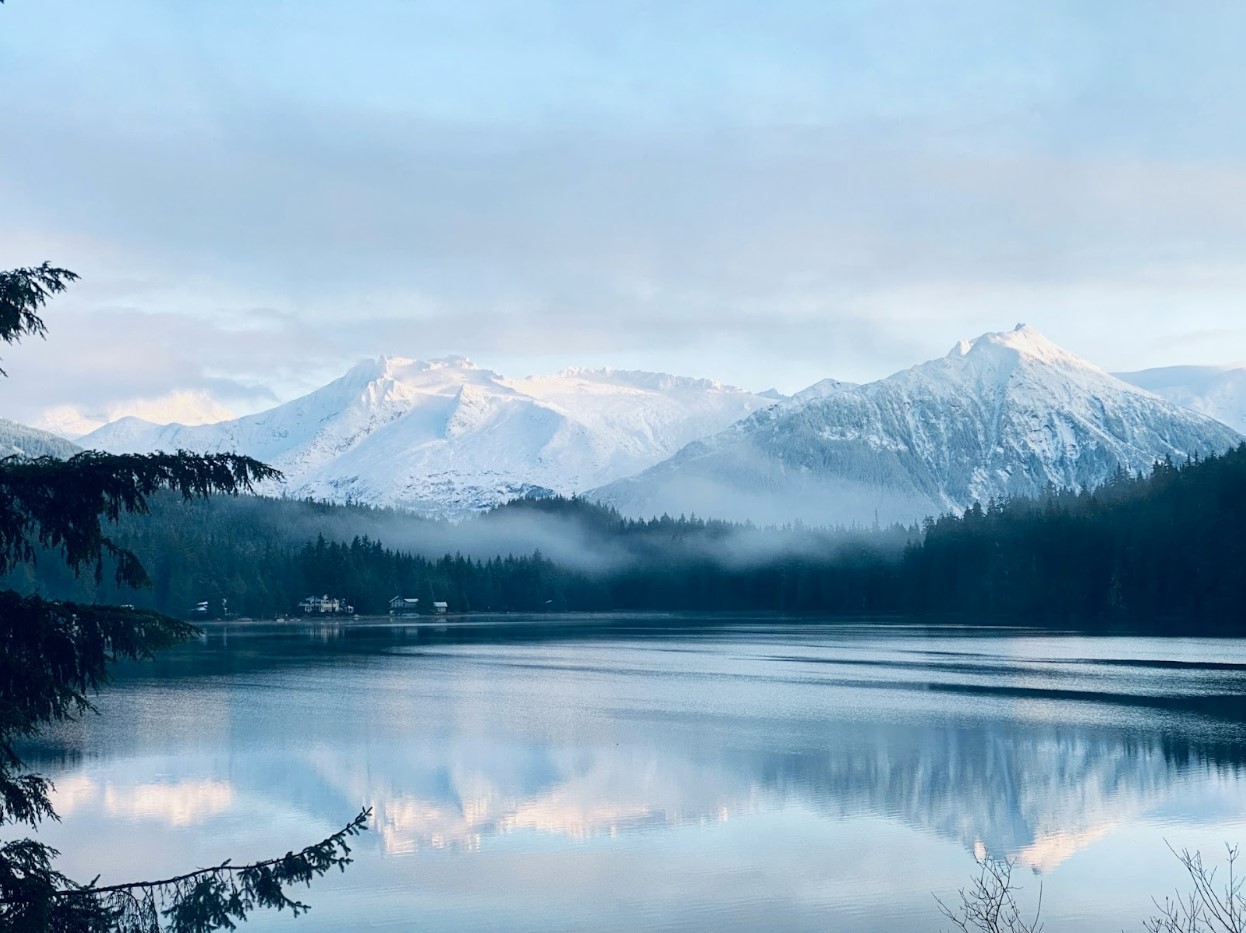Underground in Alaska is a 40-foot-long tunnel where you can find the Cold Regions Research and Engineering Laboratory (CRREL). Researchers have been using this tunnel to study Alaska’s frozen landscape for over half a century.
Researchers have now found something in the Alaskan permafrost that has the potential to cause devastating environmental and biological disasters.
What Is the Permafrost?

Permafrost is basically any area of ground that has remained completely frozen for at least two consecutive years. It’s a frozen layer under the ground that is typically gravel, soil and sand bound by ice.
Permafrost can be found beneath nearly 85% of Alaska. Permafrost contains organic materials that have been frozen since the last ice age 11,000 years ago.
Is it Only Found in Alaska?

Permafrost isn’t exclusive to Alaska and can be found near the North and South poles. An area larger than the entire South American continent in the northern hemisphere is described as being “influenced” by permafrost.
In addition to Alaska, permafrost is also found in Russia, Canada and Greenland. It serves to make the ground waterproof and acts as a habitat for certain species of plants and animals.
Studying the Permafrost

Scientists in the CRREL have been studying the permafrost via a massive underground tunnel. They remove parts of the ice through the tunnel walls for testing.
They take these frozen specimens to the lab where they’re contained and melted. Scientists then test the melted specimens for the presence of viruses, bacteria or any other signs of life that may be in the water.
Signs of Life

With the permafrost covering such a large area of Alaska and containing materials dating back so far, it’s hardly surprising that samples contain more than simply icy soil and sand.
Fossils and bones have been discovered in the permafrost, with scientists even discovering a nearly perfectly preserved wolf pup in the Yukon permafrost in Canada.
Troubling Discovery in the Permafrost

Scientists have also discovered a potentially worrying form of life in the permafrost. They have found that the ice contains bacteria and viruses that may be thousands of years old.
If these microorganisms have been in the ice for that long, then it’s possible that the human race has never encountered them before.
The Danger of Millenea-Old Microbes

If there are viruses and bacteria in the ice that our species have never encountered before, these organisms might have the potential to cause diseases that we’ve never seen before.
We already know that the permafrost contains the virus responsible for the 1918 Spanish influenza epidemic. The smallpox virus can also be found lurking in permafrost.
Anthrax in the Ice

Bacillus anthracis, the anthrax bacteria, can also be found in the ice of the permafrost. This is because it’s found naturally in soil around the world, typically affecting livestock and wild animals.
It can also affect humans, who can become sick if they come into contact with contaminated animal products. The fast spread of anthrax-related illness via spores has contributed to its use as a bioweapon.
The Permafrost Is Melting

The permafrost is a victim of the changing global climate. As the Arctic gets warmer, permafrost is starting to thaw. This has potential domino effects on the climate.
Permafrost soaks up and traps carbon dioxide. As it melts, this carbon dioxide is released into the atmosphere. This carbon release amplifies the climate changes that are causing the permafrost to melt in the first place.
Potential Outbreaks

As the permafrost melts, the pathogenic microbes that are found within it can be released, potentially causing disease outbreaks.
Indeed, scientists have already observed this happening. An outbreak of anthrax in Russia happened in 2016 due to a long-frozen infected animal carcass thawing out. The outbreak affected thousands of reindeer and even one child before it was contained.
Risks to Humanity

The risks associated with a potential outbreak of something like anthrax from melting permafrost are likely minimal, as there is so much of it around already in the world. It’s other potential pathogens in the ice that scientists are worried about.
“Time-traveling” microorganisms in the ice that are no longer in circulation in the world could potentially cause massive damage if reintroduced to contemporary ecosystems.
Alaska’s Icy Ecosystem

There is debate as to exactly how damaging a release of pathogenic microbes from the Alaskan permafrost could be, but it’s definitely a potential risk. Many scientists are understandably deeply concerned about the outcome, especially after our species recently experienced the COVID-19 pandemic.
Preventing a potential ecological disaster from a pathogenic disease outbreak is just one more reason why it’s critical to address humanity’s impact on the climate and try to slow or stop the thawing of the permafrost.
